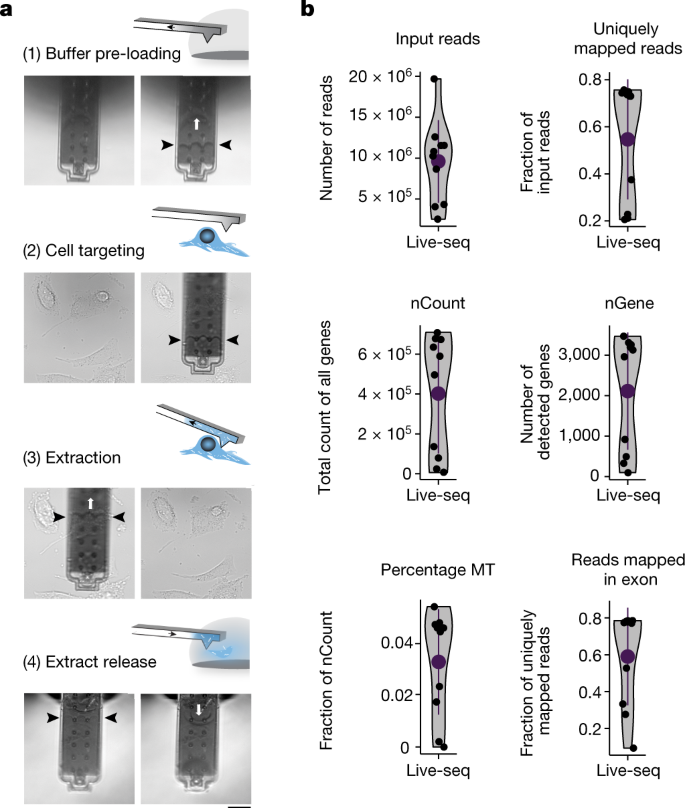MRSA菌が体内でどのように広がるかをモデル化することで、治療の効果を高めることができます。 Modeling how MRSA bacteria spread on the body can enhance treatments.
2022-08-17 フィンランド・アールト大学
研究者らは、MRSAを発症した患者2000人の通院後のデータを比較した。1つのグループでは、患者はMRSAを治療し、その拡大を防ぐ方法に関する標準的な情報を与えられました。もう一方のグループは、傷口の消毒、脇の下や股間の洗浄、鼻腔スプレーの使用など、より集中的な「除菌」プロトコルに沿ってMRSAを排除しました。両グループとも、9ヶ月間の様々な時点で、体の様々な部位についてMRSAの検査を行った。
現在の医学研究の最先端では、このように2つのグループを比較して、介入や治療が有効であるかどうかを確認することがよくあります。今回の研究では、もう一つの要素が加わった。治療法と体の部位との相互作用を見る数学的モデルである。このモデルは、MRSAが体の各部分の間をどのように移動するかを示している。
患者のMRSA検査(経時的に鼻、皮膚、喉、傷口に細菌が存在するかどうか)に基づき、研究者は、患者の治療グループに応じて、感染が体の別の部位に移る確率を計算することができた。
<関連情報>
- https://www.aalto.fi/en/news/machine-learning-meets-medicine-in-the-fight-against-superbugs
- https://royalsocietypublishing.org/doi/10.1098/rsif.2021.0916
メチシリン耐性黄色ブドウ球菌の脱コロニー化のモデル化:身体部位間の相互作用と部位特異的クリアランスの影響 Modelling methicillin-resistant Staphylococcus aureus decolonization: interactions between body sites and the impact of site-specific clearance
Onur Poyraz,Mohamad R. A. Sater,Loren G. Miller,James A. McKinnell,Susan S. Huang,Yonatan H. Grad and Pekka Marttinen
Journal of the Royal Society Interface Published:15 June 2022
DOI:https://doi.org/10.1098/rsif.2021.0916

Abstract
Methicillin-resistant Staphylococcus aureus (MRSA) can colonize multiple body sites, and carriage is a risk factor for infection. Successful decolonization protocols reduce disease incidence; however, multiple protocols exist, comprising diverse therapies targeting multiple body sites, and the optimal protocol is unclear. Standard methods cannot infer the impact of site-specific components on successful decolonization. Here, we formulate a Bayesian coupled hidden Markov model, which estimates interactions between body sites, quantifies the contribution of each therapy to successful decolonization, and enables predictions of the efficacy of therapy combinations. We applied the model to longitudinal data from a randomized controlled trial (RCT) of an MRSA decolonization protocol consisting of chlorhexidine body and mouthwash and nasal mupirocin. Our findings (i) confirmed nares as a central hub for MRSA colonization and nasal mupirocin as the most crucial therapy and (ii) demonstrated all components contributed significantly to the efficacy of the protocol and the protocol reduced self-inoculation. Finally, we assessed the impact of hypothetical therapy improvements in silico and found that enhancing MRSA clearance at the skin would yield the largest gains. This study demonstrates the use of advanced modelling to go beyond what is typically achieved by RCTs, enabling evidence-based decision-making to streamline clinical protocols.


